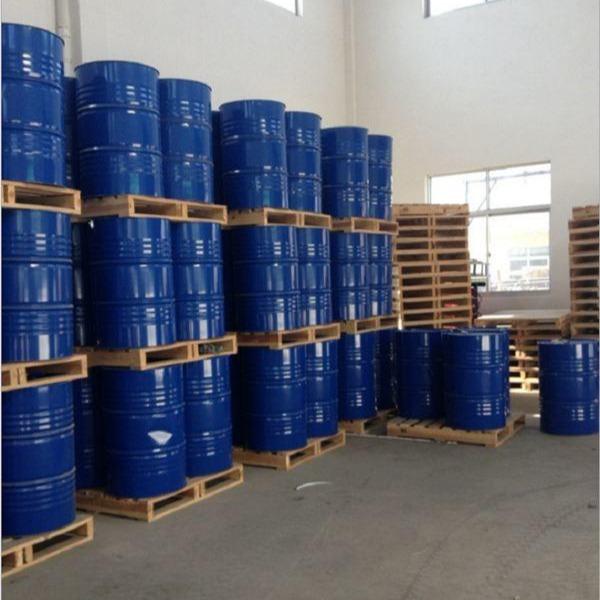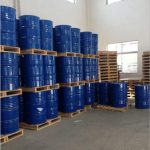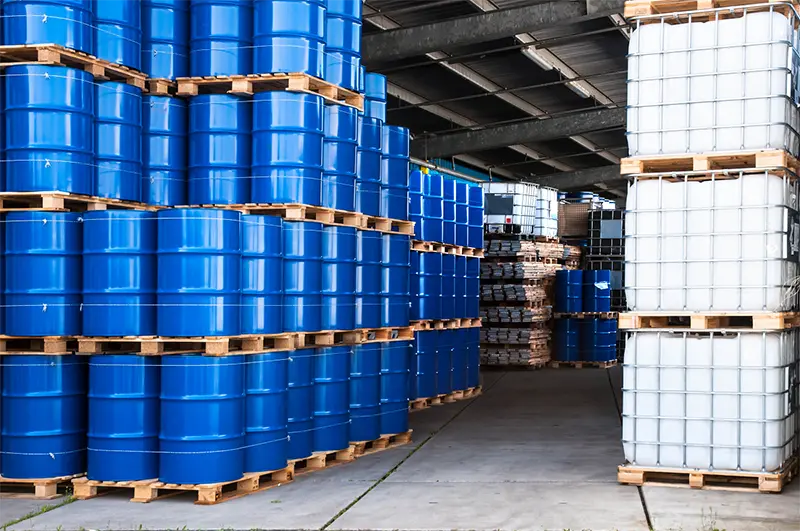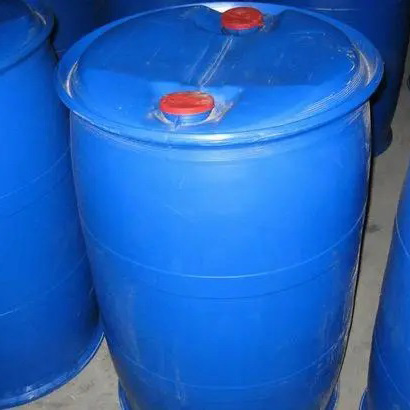
Styrene
Styrene is an organic compound formed by replacing one hydrogen atom of ethylene with benzene. The electrons of the vinyl group are conjugated with the benzene ring. It is a kind of aromatic hydrocarbon. The molecular formula is C8H8, and the structural formula is C6H5CH=CH2. It exists in storax (a natural fragrance). It is a colorless oily liquid with a special aroma. The melting point is -30.6℃, the boiling point is 145.2℃, the relative density is 0.9060 (20/4℃), the refractive index is 1.5469, and the viscosity is 0.762cPat68°F. It is insoluble in water, but soluble in ethanol and ether. It gradually polymerizes and oxidizes when exposed to air. It needs to add an inhibitor [hydroquinone or tert-butyl catechol (0.0002%~0.002%) as a stabilizer to delay its polymerization] before it can be stored. In industry, it is an important monomer for synthetic resins, ion exchange resins, and synthetic rubber. Styrene can also undergo addition reactions unique to olefins. In industry, styrene can be obtained by catalytic dehydrogenation of ethylbenzene. In the laboratory, it can be obtained by heating cinnamic acid. As early as 1850, people knew that styrene would not react with natural resins but would undergo polymerization. However, it was not until the 1830s that it was applied to industrial production. Styrene is produced by dehydrogenation of ethylbenzene (ethylbenzene is a compound of ethylene and benzene extracted from gasoline). In 1937, IG Farben of Germany and Dow Chemical Company of the United States used ethylbenzene dehydrogenation to industrialize styrene. During World War II, due to the need to produce synthetic rubber, production expanded rapidly. After the war, due to the development of styrene-based plastics, styrene production rose sharply, and some other production methods emerged. For example: in 1966, Hakon Company of the United States developed the ethylbenzene co-oxidation method; in the early 1970s, Japan and other countries used extractive distillation to separate styrene from cracked gasoline. The amount of styrene produced depends on the scale of ethylene production. In 1981, the total capacity of styrene plants in the world reached 17.13Mt, of which more than 90% was produced by catalytic dehydrogenation of ethylbenzene.








